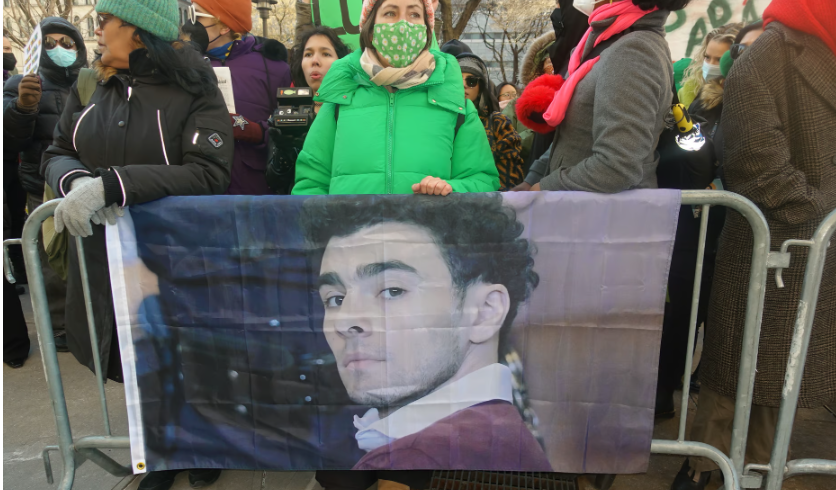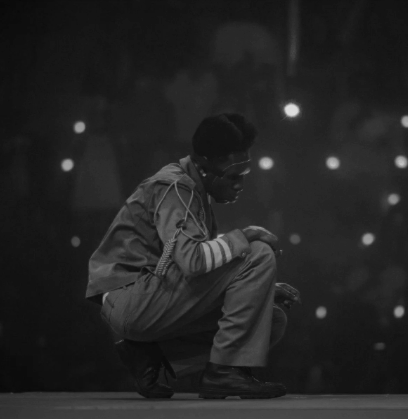Change around the corner: how climate affects your mood
April 22, 2021
Everyone has a favorite season, and all for different reasons. It all comes down to preference – hot or cold, windy or stagnant, humid or dry. There are other factors as well of course, things like what you can wear during each season and holidays and things, but in the end, it all comes down to what kind of climate puts you in a good mood.
With spring coming into full effect now, people’s moods are about to change too. “People are easily affected by change in the weather. There is a little range in temperatures that people appreciate, higher or lower temperatures will quickly affect the mood negatively. Not only heat or cold impacts our mood, but (heavy) rain, cloud cover and humidity as well.” (expecteverything.eu).
Weather and mood are tied together to an extent – you can see it in common art and media. If an artist wants to portray a sad or depressed mood, they might use a misty or rainy weather. A happy mood would be portrayed with bright and sunny weather and a summery climate. Because weather is so closely tied in with mood, it’s become a universal piece of imagery and metaphor in the media.
Climate affects mood related illnesses as well. “For example: seasonal affective disorder, also called winter depression. Winter depression is caused by the lack of daylight and the darkness causes negative vibes. It’s cold as well, so people tend to stay inside more often than in the summer, this will also make people unhappy. Seasonal affective disorder (SAD) is a disorder which is real, people actually suffer from it.” (expecteverything.eu).
Maria Fetter, senior, has seasonal depression. “It starts when the weather gets colder and the sun lasts during the day shorter than normal.” She said. “It really drains my energy, and I get irritable and lose motivation.”
“COVID made things worse this year.” Fetter said. “Since I’ve been inside more anyway because of it, this winter just added on top of that.”
















